The term Mesopotamia comes from ancient Greek root words “meso”, meaning “middle”; and “potamos” meaning “river”. It broadly refers to the lands between the rivers Euphrates and Tigris. The region includes most of modern day Iraq; Kuwait; and parts of northern Saudi Arabia, western Iran, eastern Syria and south-eastern Turkey. Sumer, which was first permanently settled between 5500 BCE and 4000 BCE, is the earliest known civilization of Mesopotamia. Mesopotamia, as a civilization, is considered to have ended with the fall of Babylon to Cyrus the Great of Persia in 539 BCE. The people of Mesopotamia were responsible for many “firsts” in human history. They built the first cities in the world; came up with one of the earliest forms of writing; enacted the first comprehensive legal code; and are credited with the invention of the wheel and the chariot. Mesopotamians also laid the foundation for much of western mathematics and astronomy. Here are the 10 major achievements of the Mesopotamian civilization.
#1 IT IS RESPONSIBLE FOR MANY “FIRSTS” IN HUMAN HISTORY
Located in modern-day southern Iraq, Sumer was the first civilization in Mesopotamia and arguably the earliest civilization in the world. Renowned expert in Sumerian history Samuel Noah Kramer has listed 39 “firsts” in human civilization that originated in Sumer. These include The First Schools, The First Bicameral Congress, The First Historian, The First Legal Precedent, The First Pharmacopoeia, Man’s First Cosmogony and Cosmology, The First Proverbs and Sayings, The First Animal Fables, The First Literary Debates, The First Love Song, The First Library Catalogue, The First Literary Imagery, The First Sex Symbolism, The First Lullaby, The First Literary Portrait, The First Elegies and The First Aquarium.
#2 THEY BUILT THE FIRST CITY IN THE WORLD
The Sumerian city of Eridu is regarded as the first city in the world. It was founded around 5400 BC on the coast of the Persian Gulf in Southern Mesopotamia. Prehistoric people known as Ubaidians are believed to be the first civilizing force in Sumer, draining the marshes for agriculture, developing trade and establishing industries. With time, Uruk became the most prominent city of Sumer. Among the first cities in the region, it played a leading role in urbanization and state formation in Mesopotamia during what is known as the Uruk period. Uruk’s growth made it the largest Mesopotamian settlement, in both population and area. At its height, around 2900 BC, it had a population between 40,000 and 80,000 living in 6 km2 of walled area. This made Uruk most likely the largest city in the world at the time.
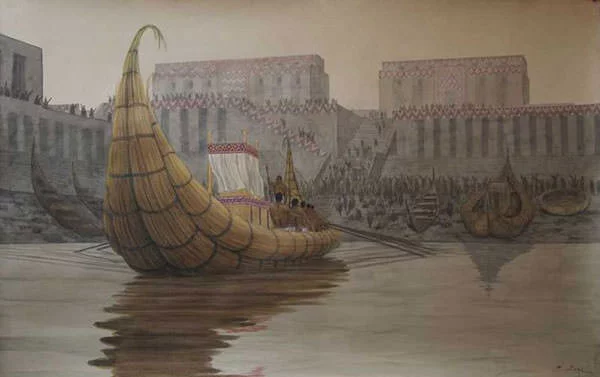
#3 MESOPOTAMIA HAD THE LARGEST EMPIRES IN THE WORLD TILL THAT POINT
The Akkadian Empire and the Assyrian Empire of Mesopotamia were the largest empires in the world till that point. The Akkadian Empire of 23rd century BC is also considered by some as the first empire in history as it ruled over a multi-ethnic territory through a central government. There were numerous rebellions during the reign of Sargon of Akkad and it is considered by several historians that he had the world’s first professional standing army to protect his empire from the rebellious subjects. The Assyrian Empire triumphed over most of the powerful Mesopotamian kingdoms by 8th century BC to become one of the first superpowers of the ancient world. The phalanx formation is a famous military formation associated with Ancient Greek warfare. The earliest known depiction of a phalanx-like formation is in a Mesopotamian stele from 25th century BC. Also, since many Mesopotamian cities were surrounded by defensive walls, they might have invented siege warfare.
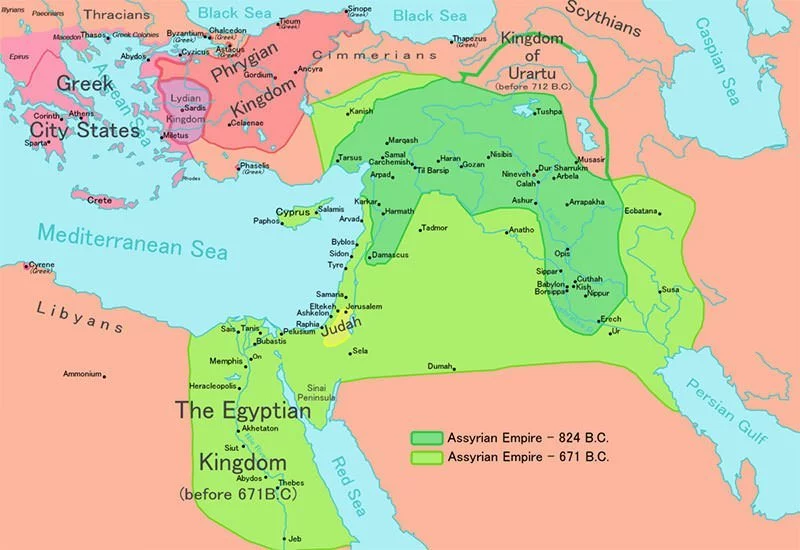
#4 THE INFLUENTIAL CUNEIFORM SCRIPT WAS INVENTED
The most famous achievement of the Sumerian civilization of Mesopotamia is the invention of the cuneiform script around 3400 BC. Cuneiform is a Latin term meaning “wedge-shaped”. Sumerian writing developed from pictograms but grew in sophistication and ultimately became a full-fledged writing system that could be used for creating pieces of literature as well as prayers and laws. Though it is not the oldest example of writing, cuneiform script is considered a great milestone in human history. It was used for over 3,500 years; and was adapted for writing multiple languages including Akkadian, Hittite and Urartian. Knowledge of how to read cuneiform was lost by 2nd century AD as it was replaced by alphabetic writing. Cuneiform was re-deciphered in the 19th century with the help of the Behistun Inscription.
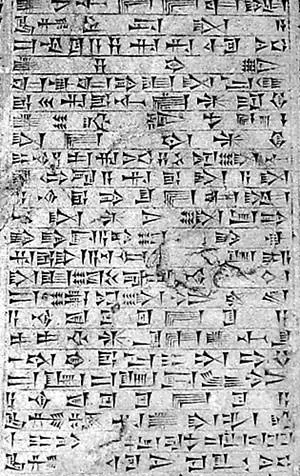
#5 THEY ENACTED THE EARLIEST KNOWN COMPREHENSIVE LEGAL CODE
Ur-Nammu was a Sumerian king who reigned from around 2047 to 2030 BC. He is famous for his legal code, the Code of Ur-Nammu, which is the oldest known law code yet discovered. The most famous Mesopotamian law code is however is the Code of Hammurabi. Hammurabi (r. 1792 BC to 1750 BC)was a king of the First Babylonian Dynasty who brought almost all of Mesopotamia under Babylonian rule. Unlike earlier Mesopotamian law code, the Code of Hammurabi was one of the first law codes to place greater emphasis on the physical punishment for the perpetrator. It contains as many as 300 laws that discuss a wide range of subjects, including homicide, assault, divorce, debt, adoption, tradesman’s fees, agricultural practices and even disputes regarding the brewing of beer. It was also among the first codes to establish the presumption of innocence, the principle that one is considered innocent unless proven guilty.
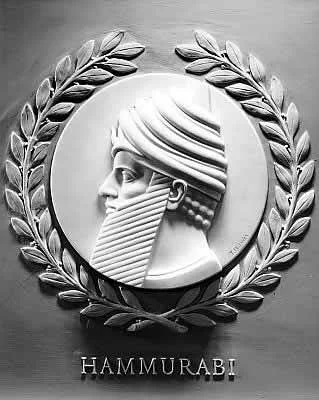
#6 THEY DEVELOPED THE FIRST EVER POSITIONAL NUMBER SYSTEM
Like modern mathematics uses the decimal system based on the number 10, the Sumerians used a sexigesimal structure that was based around groupings of 60. The Sumerian base-60 system eventually fell out of use for most purposes but it still survives in the measurements of both the hour and the minute. The Babylonian civilization of Mesopotamia developed the first ever positional number system. In a positional system, the value of a digit depends on both the digit and its position. Positional system greatly simplifies arithmetic. In fact it is nearly impossible to do advanced mathematics with a non-positional system like the Roman Numerals. The Babylonian numeral system is considered by some as their greatest achievement in mathematics. However, the Babylonians did not have a concept of zero or a digit for it. They instead used a space. Due to their advanced number system, the Mesopotamian civilization made great advances in mathematics. It has now been established that Greek and Hellenistic mathematicians borrowed heavily from Mesopotamia.
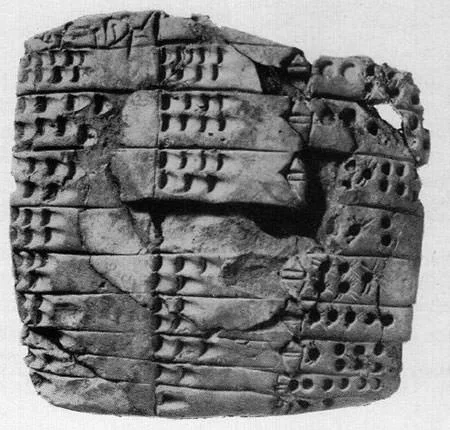
#7 THEY COULD PERFORM ADVANCED ARITHMETIC CALCULATIONS
The Mesopotamians had a wide knowledge of mathematics including addition, subtraction, multiplication, division, quadratic and cubic equations, and fractions. They had formulas for figuring out the circumference and area for different geometric shapes including rectangles, circles and triangles. Apart from dividing the hour into 60 minutes and the minute into 60 seconds, they also divided the circle into 360 degrees. Among their most spectacular mathematical achievement was their construction of tables to aid calculation. Unearthed tablets give squares of the numbers up to 59 and cubes of the numbers up to 32. If one uses formulas, a table of squares is all that is necessary to multiply numbers. As the Mesopotamians did not have an algorithm for long division, they instead used a table of reciprocals. We still have their reciprocal tables going up to the reciprocals of numbers up to several billion. Apart from arithmetical calculations, Mesopotamian mathematicians also developed algebraic methods of solving equations. The first ever evidence of the solution of quadratic equations is from Babylonia.
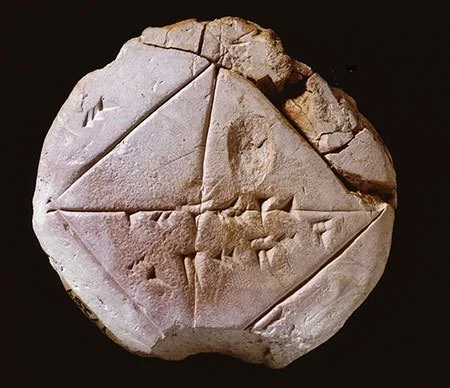
#8 IT LAID THE BASIS FOR ALL WESTERN ASTRONOMY
The Babylonian civilization of Mesopotamia occupies a pivotal place in the history of modern scientific astronomy. The Babylonians recorded astronomical observations in a meticulous way generation after generation. In time, their huge cumulative database of past observations allowed them to apply mathematically based rules for predicting future events. The Babylonians were the first to recognize that astronomical phenomena are periodic and apply mathematics to their predictions. Apart from numerous accurate astronomical observations, other contributions of Babylonian astronomers include the discovery of eclipse cycles and Saros cycles. The periodicity and recurrence of eclipses is governed by the Saros cycle. The Saros can thus be used to predict eclipses of the Sun and Moon. The earliest historical record of the Saros is by Babylonian astronomers. Babylonian astronomy was the basis for much of ancient Greek mathematics and astronomy, which in turn was the historical predecessor of the scientific revolution in the west.
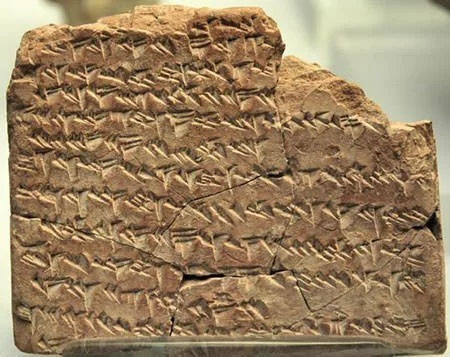
#9 THEY ARE CREDITED WITH THE INVENTION OF THE WHEEL AND THE CHARIOT
Though it cannot be established with certainty, it is widely believed that wheeled transport was invented in Mesopotamia. The first wheel was invented not for transportation but to serve as porter’s wheel. It appears that potter’s wheels were in use in Mesopotamia by 3500 BCE and possibly as early as 4000 BCE. With time people figured out that wheels could be used in vehicles leading to the invention of wheeled transport. The first chariot appeared around 3200 BC in Mesopotamia. It was not a sudden invention but gradual improvement of the earliest carriage. The chariot was the first concept of personal transportation. With time it was also used as a key technology for warfare and for ancient sports.
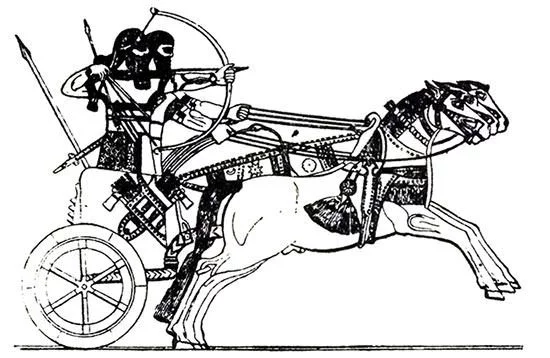
#10 THEY PRODUCED IMPRESSIVE WORKS IN ART AND ARCHITECTURE
The art of Mesopotamia rivaled that of Ancient Egypt as the most grand, sophisticated and elaborate in western Eurasia from the 4th millennium BCE until the Persian conquest of Mesopotamia in 6th century BCE. Mesopotamian people created art in a number of forms including cylinder seals, sculpture (both relief and in-the-round), murals and paintings. In architecture, the main Mesopotamian accomplishments were the development of urban planning, the courtyard house and ziggurats. The Sumerians were the first society to construct the city itself as a built form. The city was partly planned and part of its growth was organic. Considered one of the major achievements of Mesopotamian architecture, a ziggurat is a type of massive pyramidal stone structure which has the form of a terraced compound of successively receding stories. Each ziggurat was part of a temple complex which included other buildings.
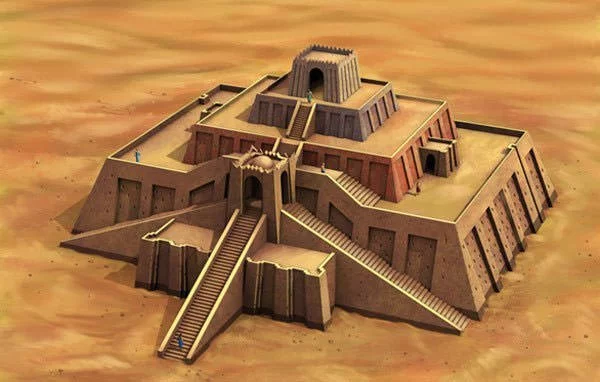
THE SUMERIAN FLOOD MYTH
In Sumerian writing there is a reference to a great flood. According to the Sumerian flood myth, the Gods decide to send a flood to destroy mankind. The deity Enki however warns Ziusudra, the ruler of Shuruppak, to build a large boat to preserve the various lifeforms. A terrible storm rocks the huge boat for 7 days and 7 nights, and then Utu (the Sun god) appears. After the flood is over the animals leave the ship and the Gods give Ziusudra eternal life for “preserving the animals and the seed of mankind”. There are several other flood myths with many similarities to the Sumerian account like the story of the Hindu king Manu in the Matsya Purana; and most famously the Genesis flood narrative in the Bible. There have been various theories to explain these flood myths including a hypothesis that a meteor crashed into the Indian Ocean around 3000–2800 BC generating a mega-tsunami that flooded coastal lands.

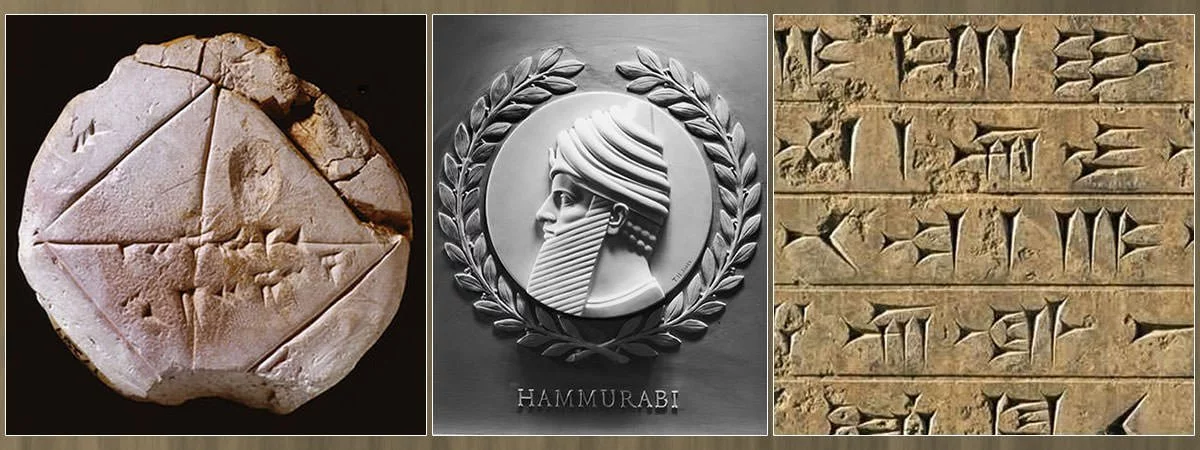
When you say the Great Flood was a myth and that it was caused by a meteor, did you consider that perhaps God sent the meteor?